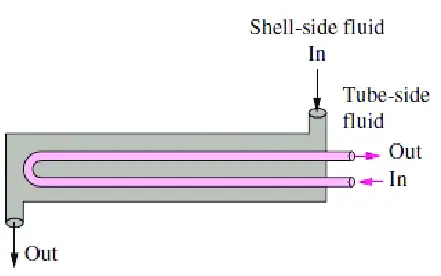Inquiries about Tube & Shell Passes, Working & Design Pressure of Heat Exchanger
1. What constitutes the tube pass and shell pass in a heat exchanger?
The tube pass is the section of the heat transfer tube channel that facilitates the flow and connection of the medium. The shell pass is the portion of the channel where the medium flows around the exterior of the heat transfer tube, connecting with one another.
2. How is the count of tube passes and shell passes determined in a heat exchanger?
The number of tube passes indicates how many times the medium moves back and forth along the length of the heat exchanger tube, while the number of shell passes signifies the frequency of the medium's back-and-forth movement along the shell side.

3. What constitutes the working pressure of a heat exchanger?
The working pressure is the maximum pressure experienced by the tube passes and the upper part of the shell passes during routine operation.
4. What defines the design pressure of a heat exchanger?
Design pressure represents the upper limit of pressure for the configured tube passes and the upper section of the shell passes. It aligns with the design temperature and is established as part of the design load conditions, with the condition that it must not fall below the working pressure.
The tube pass is the section of the heat transfer tube channel that facilitates the flow and connection of the medium. The shell pass is the portion of the channel where the medium flows around the exterior of the heat transfer tube, connecting with one another.
2. How is the count of tube passes and shell passes determined in a heat exchanger?
The number of tube passes indicates how many times the medium moves back and forth along the length of the heat exchanger tube, while the number of shell passes signifies the frequency of the medium's back-and-forth movement along the shell side.

3. What constitutes the working pressure of a heat exchanger?
The working pressure is the maximum pressure experienced by the tube passes and the upper part of the shell passes during routine operation.
4. What defines the design pressure of a heat exchanger?
Design pressure represents the upper limit of pressure for the configured tube passes and the upper section of the shell passes. It aligns with the design temperature and is established as part of the design load conditions, with the condition that it must not fall below the working pressure.

